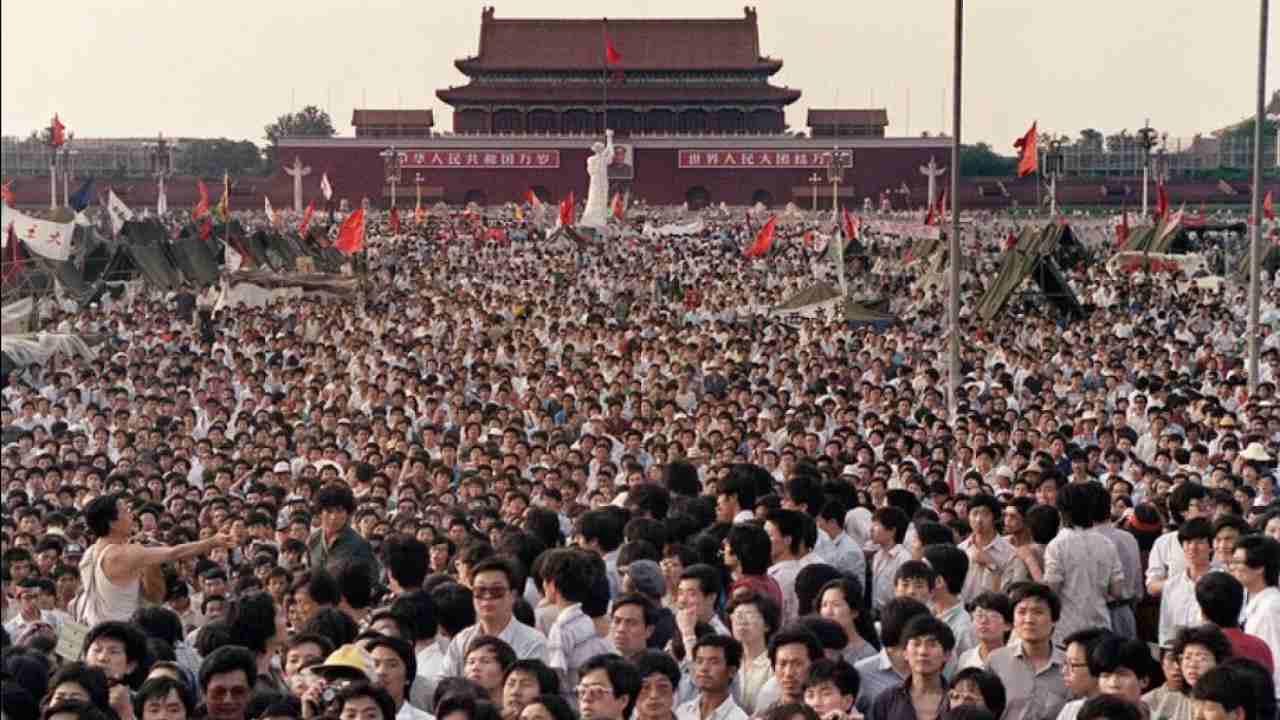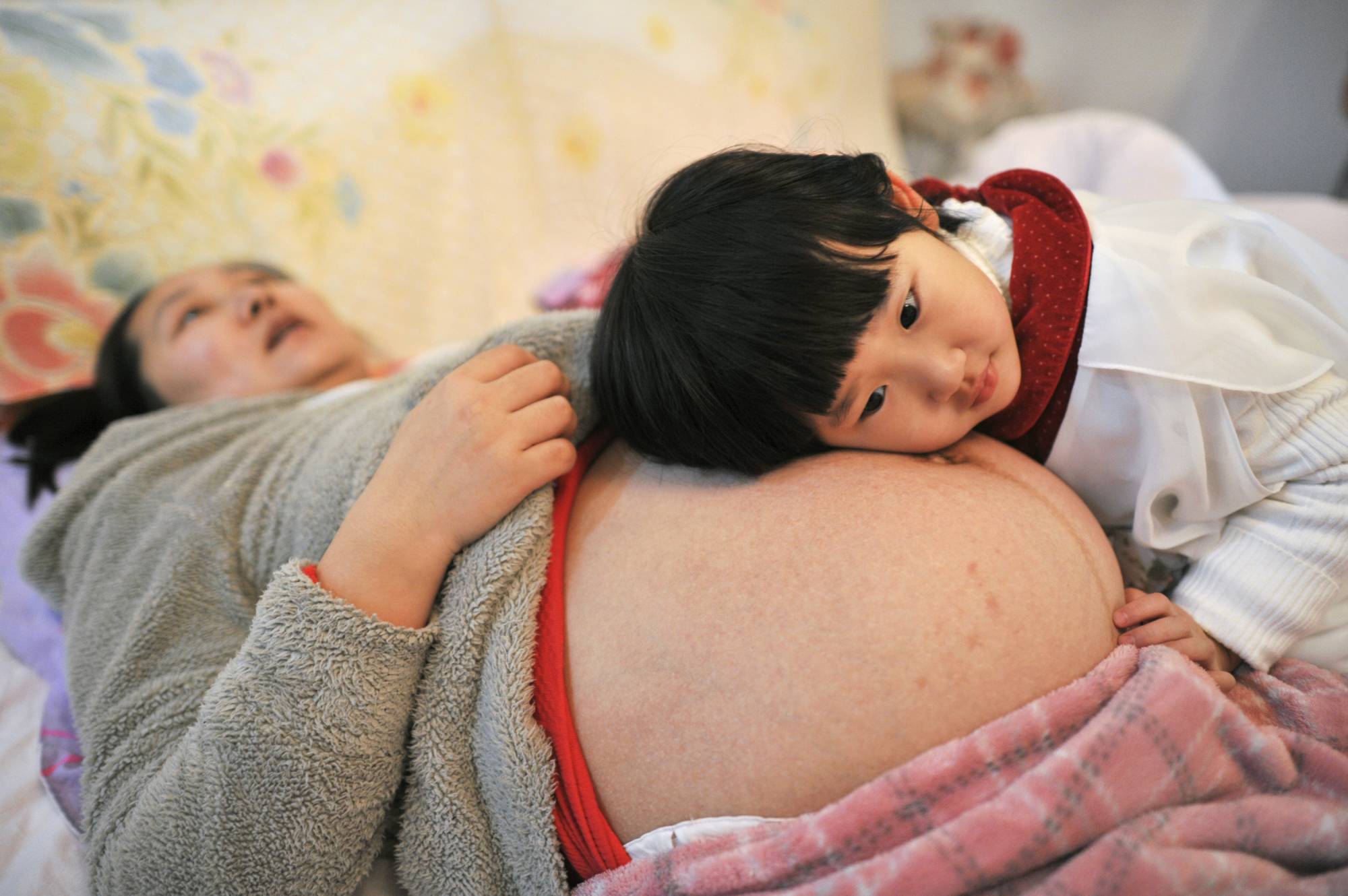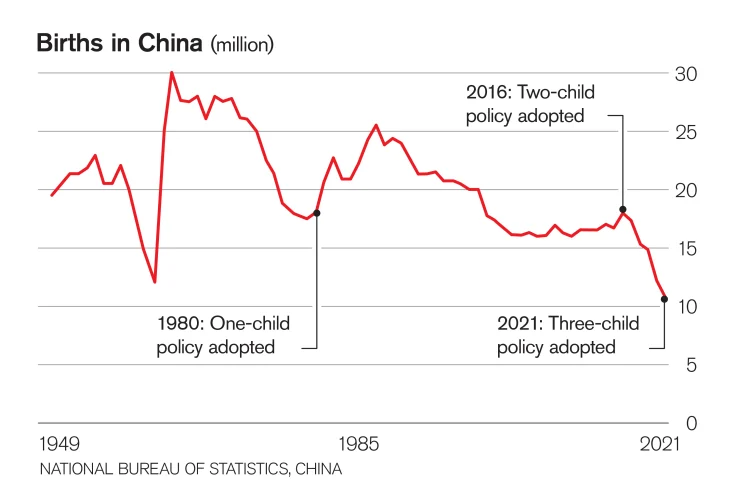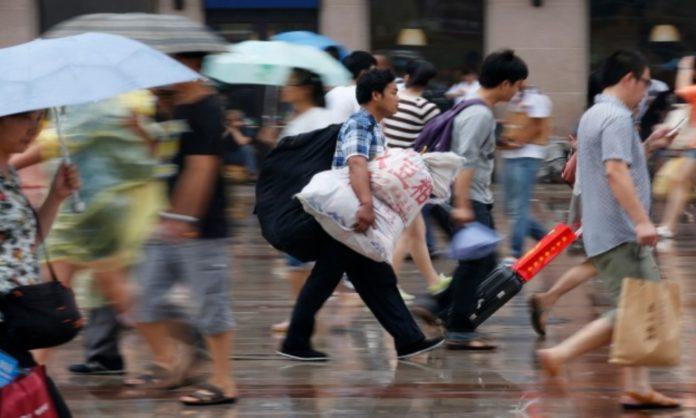With more than 1.4 billion people and 9.6 million kilometers of territory, China is one of the largest nations in the world. China’s rapid economic development and a rise in individualism and smaller families have diminished older people’s social standing. The number of elderly individuals has dramatically increased at the same time as this development.
Although many nations are dealing with an aging population, China presently has the biggest number of senior citizens worldwide. China had 254 million people who were 60 or older in 2019. This figure is projected to rise to 402 million by 2040, or about 28% of the population. The impact of these developments on China’s health is significant, with non-communicable disease risk and burden increasing along with the demand for health and social care systems. How did China adjust?

One Child Policy And Its Impacts
Starting in 1980, introduced by Deng Xiaoping, China’s one-child policy was severely enforced, after the population grew from 540 million in 1949 to 969 million in 1980. Fines and frequently forced abortions as penalties for those who disobeyed them. Prior to enacting a three-child policy in May 2021, China formally terminated its one-child policy in January 2016 in favor of a two-child program. It limited the majority of couples to having only one child, and for years, the government claimed it was a major contributor to the nation’s economic boom. If they were discovered to have more than one kid, employees of government-affiliated organizations and university staff ran the possibility of losing their jobs.

Second children could not be registered in the national household system if their parents did not pay a fine, which prevented them from having a legal existence and denied them access to social services like health care and education. Due to a long-standing social preference for boys, the policy resulted in sex-selective abortions or infanticides that targeted female babies. The one-child policy was widely understood to mean one birth per household, which meant that mothers who delivered two or more children simultaneously would not be punished. According to numerous stories in Chinese and foreign media, this loophole encouraged mothers to use fertility medications to have multiple pregnancies.

In an effort to address its aging population and diminishing workforce, China formally repealed its one-child policy on January 1, 2016, when a bill enabling married couples to have a second child was signed into law. There has also been a progressive easing of other restrictions on having children. Guangdong, Yunnan, Jiangxi, Hainan, and Fujian officials were ordered to alter the regulations that allowed employers to terminate employees who had additional children in October 2017.
The term “family planning” was also dropped by President Xi Jinping in 2017, who instead said that China would support “the coordination of birthing programs with other economic and social policies. The party work report didn’t mention “birth control” for the first time in close to 30 years.
Why The Three-Child Policy?
Beijing declared at the end of May 2021 that it would permit each couple to have three children after China’s 2020 census revealed that Chinese women had just 12 million infants in 2020, down from 14.65 million in 2019. China’s fertility rate in 2020 was 1.3 children per woman, which was lower than the 2.1 replacement level required for a stable population. According to surveys, the average number of children a Chinese woman was willing to have in 2020 was 1.8, according to China’s National Bureau of Statistics (NBS). The 2020 census results indicated that while China’s population continued to rise to 1.412 billion people in 2020, the proportion of people in their working years decreased while that of the elderly rose, prompting calls for China to “completely open up childbearing.”

Many young Chinese are debating whether to have any children, much less than one, due to a lack of cheap daycare, growing living expenses, and demanding work schedules, among other factors. China’s national birth rate and population were already beginning to decline, and some experts had previously warned of serious repercussions.
According to official figures, the birth rate in Beijing, which has a population of roughly 21 million, fell by 24.3% in 2020 compared to the previous year.
The government predicted that China’s population will reach its peak in 2027 in its most current estimate, released in November 2020.
What do you think about this? Let us know in the comments below.
Stay tuned to Brandsynario for more news and updates.







































